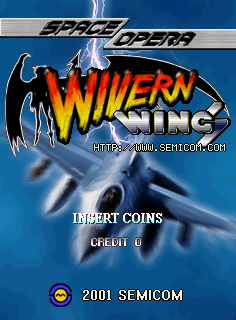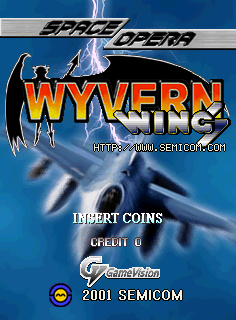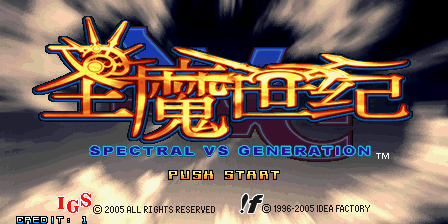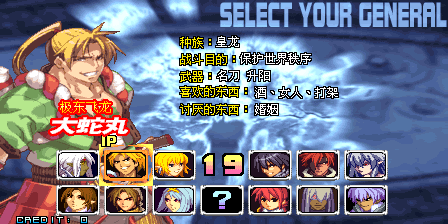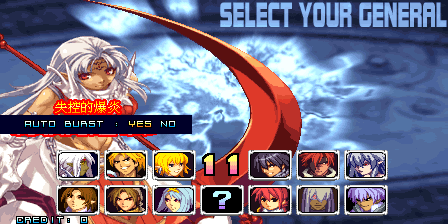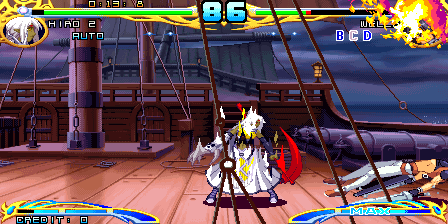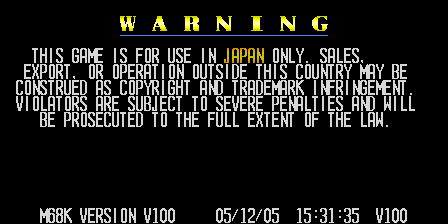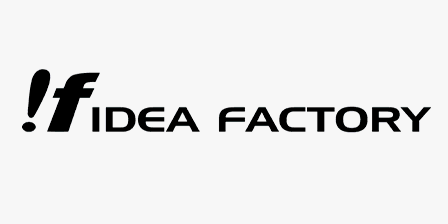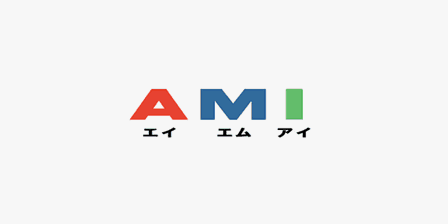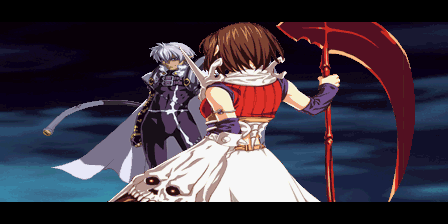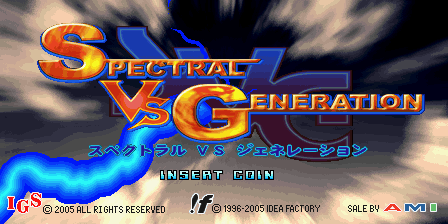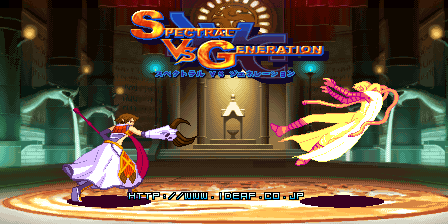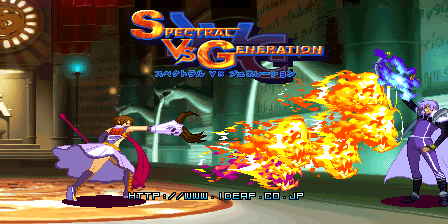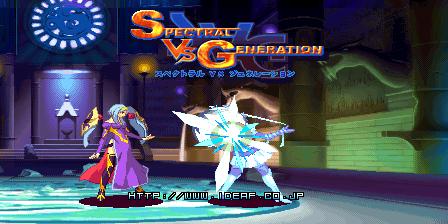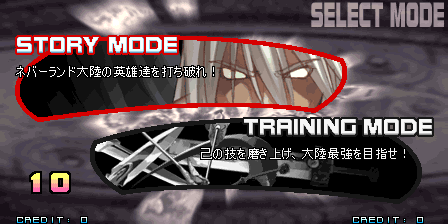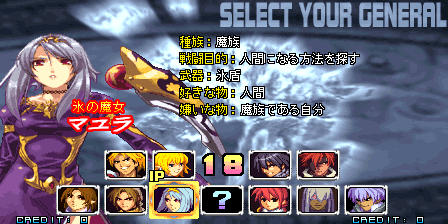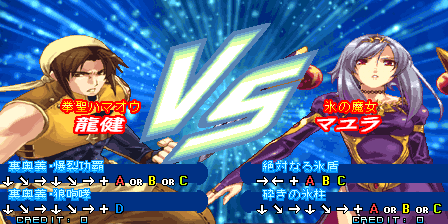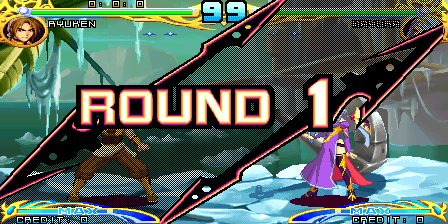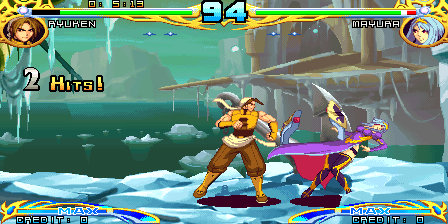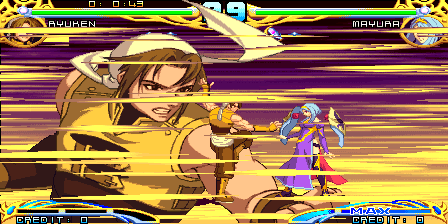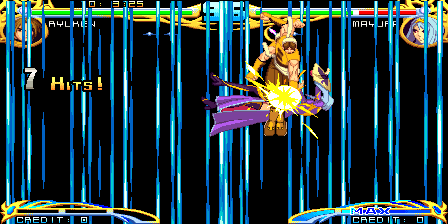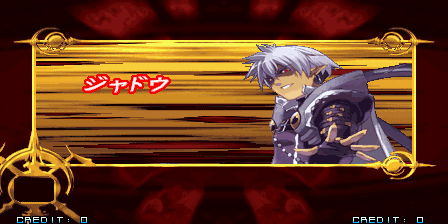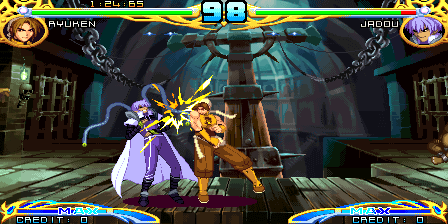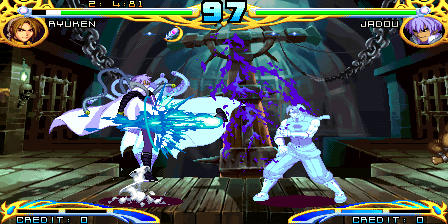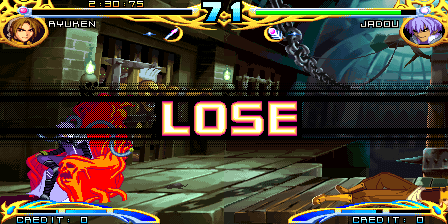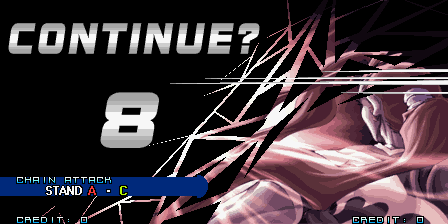
UME is the complete/combined version of the MAME / MESS project.
Due to high levels of interest in the ‘Spectral Vs Generation’ progress shown below I’m issuing these ex3 builds. I can’t help you find the new ROM required.
0.151ex3 is based on SVN revision 26565
The changelog (simply a copy/paste of the SVN log) can be read here. This isn’t formatted as a whatsnew, but as usual I’ll summarize the main points below.
UME 0.151ex3 Windows binaries – 32-bit, 64-bit and all tools
UME 0.151ex3 sources
Points of Interest
lots of changes since 0.151ex2, will write more in a bit..
Note there’s no NeoGeo multi-slot since the submission wasn’t accepted.
There’s a small validation error due to ‘duplicate description’ conflict between sh4robot and robot (both use a very generic string of “Robot”) I’ll fix that later, didn’t notice it before building.
Obviously the Spectral Vs Generation progress is contained in this build, that’s why I’ve decided to post it at this point.
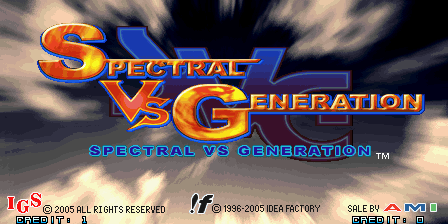
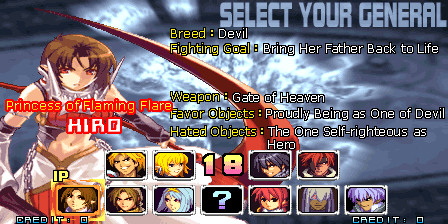

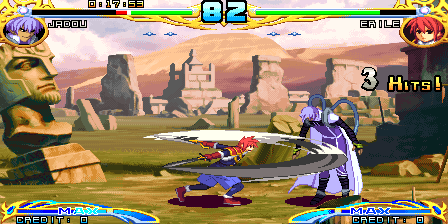
(0.151ex3 makes Spectral vs Generation playable)
One of the most significant pieces of progress this time around comes from MESS where the Nichibutsu (Nihonbussan) My Vision console has been emulated for the first time by judge. The system is mostly off-the-shelf components that were already emulated so most of them are already well-tested and just needed gluing together, but until now there were no cartridges dumped and nothing was really known about the hardware. Nichibutsu are known in the arcades for the likes of Moon Cresta but their primary business was more about developing Mahjong titles, so it’s unsurprising that this system was designed with such titles in mind and features a controller with enough buttons (and a similar enough layout) to map arcade-style Mahjong controls. More one that will be of interest to Japanese users for sure, but again a good example of how the industry developed in Japan. Currently 4 games are dumped.
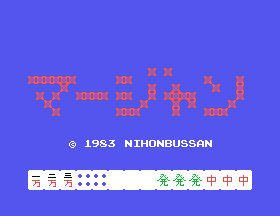
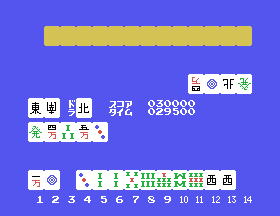
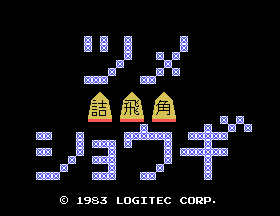
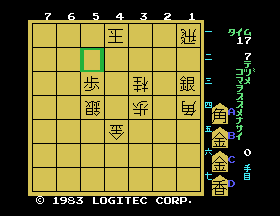
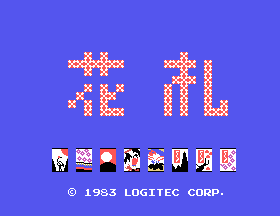
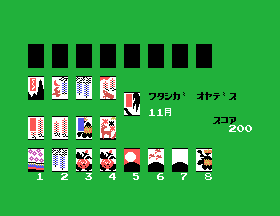
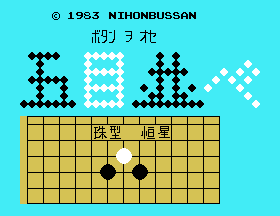
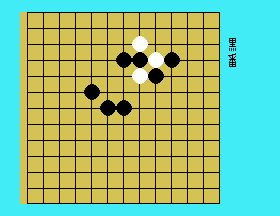
(The Nihon Bussan ‘My Vision’ console is emulated for the first time)
Another addition that hasn’t really had much coverage anywhere is the one made by Kale. The board for a ‘Sunwise’ game called ‘Power Kick’ was dumped, it was noteworthy mainly because it had the same GPU as the Toaplan 2 driver games (used by various shooters from Toaplan and Raizing eg. Batrider) and was generally a very similar hardware setup. Kale added it to the driver, and it appears to work fine, although it’s a redemption titles and the entire game consists of 3 rounds.
Round 1: get lucky enough to score a penalty kick
Round 2: get lucky enough to save a penalty kick
(usually selecting any direction with maximum power will get you through those rounds)
Round 3: kick a ball towards some moving numerical targets to determine how many tokens you win (and is most likely just rigged to pay out a % like most redemption games)
Possibly more noteworthy is that it make it clear that the other Sunwise game in MAME ‘Othello Derby’ also uses the Toaplan GPU, a fact that had been previously overlooked. This allowed the drivers to be merged thus removing duplicate (and therefore redundant) code.
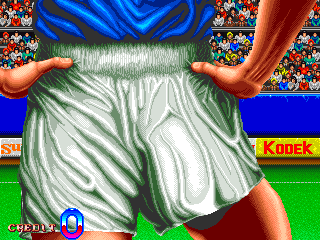
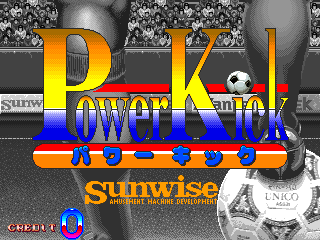
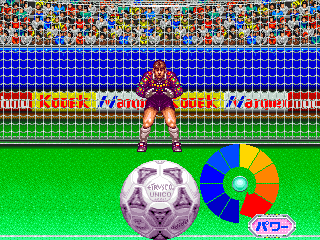
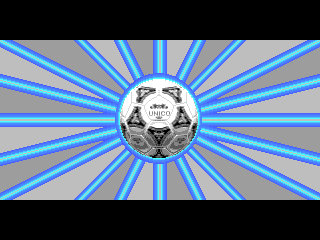
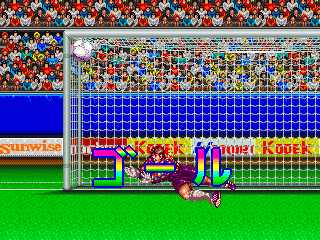
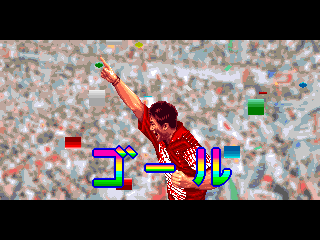
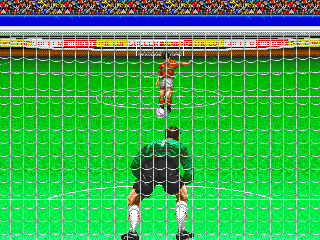
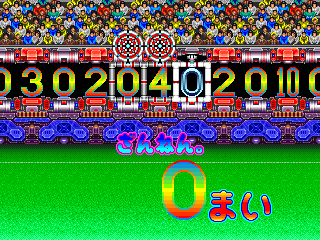
(Power Kick is a newly supported redemption game on hardware similar to the Toaplan shmups)
There have also been interesting softlist additions in the period since ‘ex2’, including some new entries in the GamePark 32 (GP32) softlist. There’s a slight usability issue as many of these require ‘-bios 3’ to run and you’re not prompted about that (also I’m not sure what happened to the bios best match by name logic) and without an ARM recompiler the speed tops out at around 35%-40% here, so they’re probably not going to be considered playable by the majority yet, but it does show the potential for MESS being a viable GP32 emulator if one day we do get said recompiler or find some other way to make the ARM core significantly faster (and there are no magic solutions there) Anyway, one such entry was the GP32 port of Amiga favourite Pinball Dreams, pictured below.

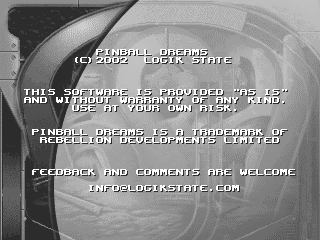
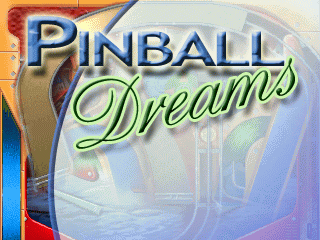
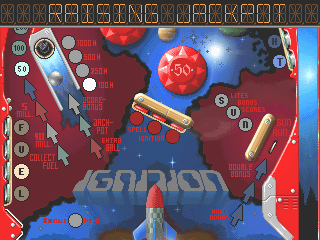
(amongst the Software List additions were some GamePark 32 titles, a bit slow to play still tho)
The Arcadia games featured in a previous update are supported in this release, as are are a couple of other prototypes / obscure versions I’ve not covered yet. These are from the same source as the other prototypes. One of them is an English version of Taito’s Syvalion, there are a few subtle presentation differences, and all of the roms (including graphics) are very slightly different. As with the other prototypes I’m showing the existing version on the left here, and the new prototype on the right. All versions of this game are noteworthy because they run in a higher than usual resolution. There were a few other non-obvious changes in the prototype like the axis on the trackball inputs being swapped around.
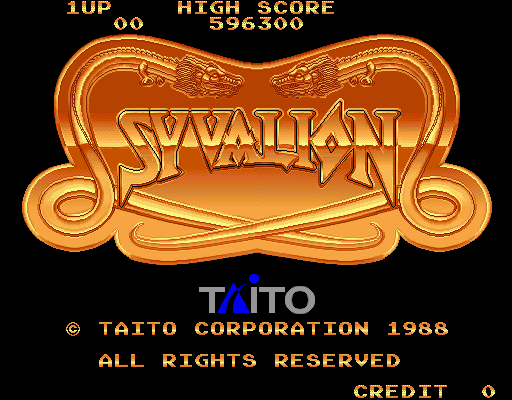
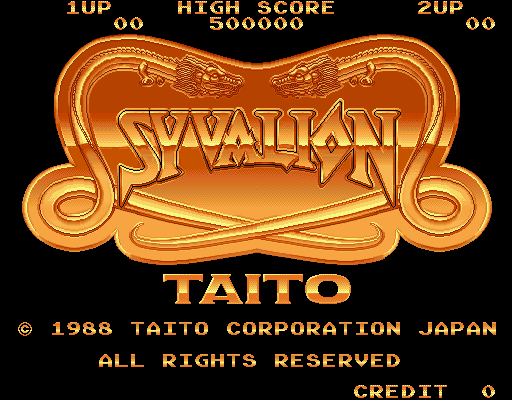
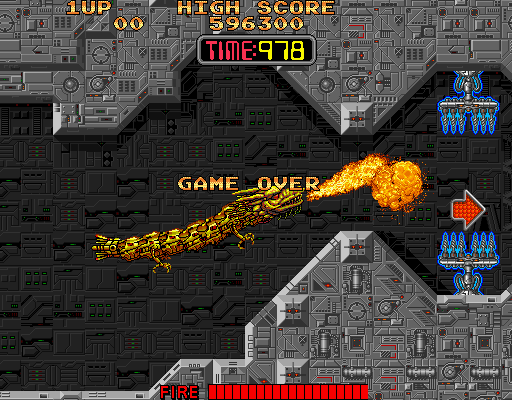
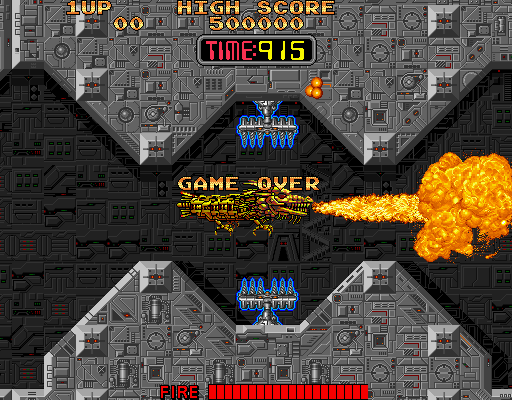
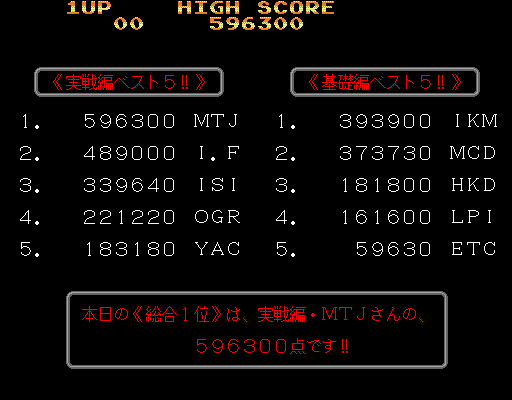
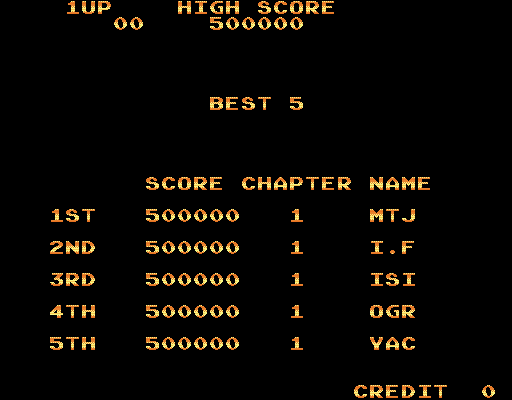
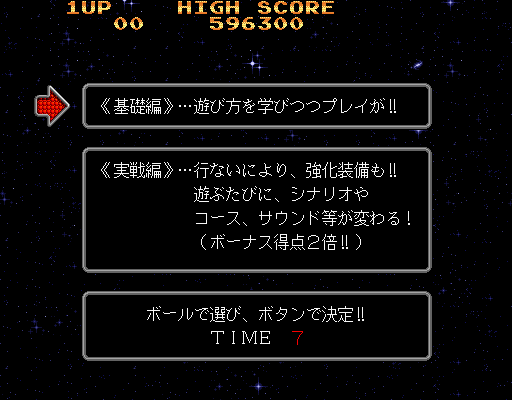
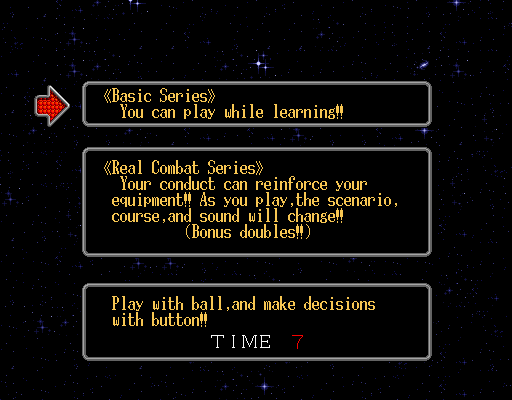
(A Syvalion prototype is one of the new prototype clones)




(support for the previously mentioned Arcadia additions is also present)
One not-yet-working new addition made in this period is noteworthy because it shows again the unlimited possibilities for a project like MAME / MESS. Jim Stolis submitted a preliminary driver for ‘Super Six Plus II English Mark Darts’ made by Arachnid. This is a coin operated darts board with video display / scoring. While it’s unlikely to be a great deal of fun under emulation it is possible it could be brought up to working status with an artwork based representation of the dart board so that each possible hit location can be triggered. There is a video of the real machine on YouTube. This type of machine often featured in bars and arcades, and you can find much more modern versions of them about today (with much fancier graphics / light shows!)
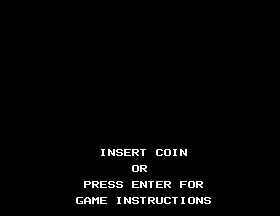
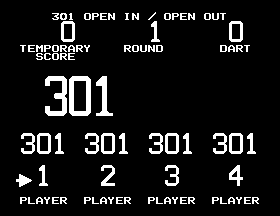
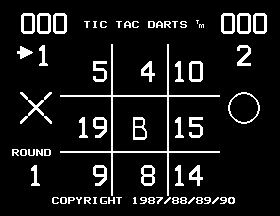
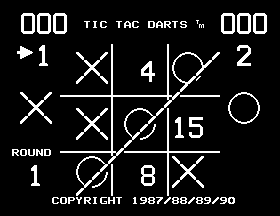
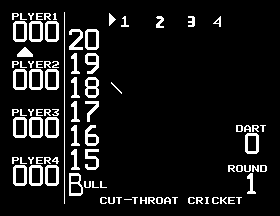
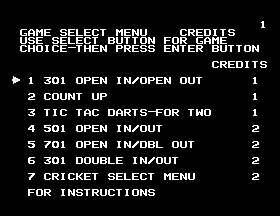
(preliminary emulation of an electronic dart board)
Kale did his own update about this, but his improvements to the high colour modes of the MSX video chip also get included here fixing the graphics in Puzzle Star as well as a number of things on the MSX2 platform in MESS. Sexy Boom is also improved by this.
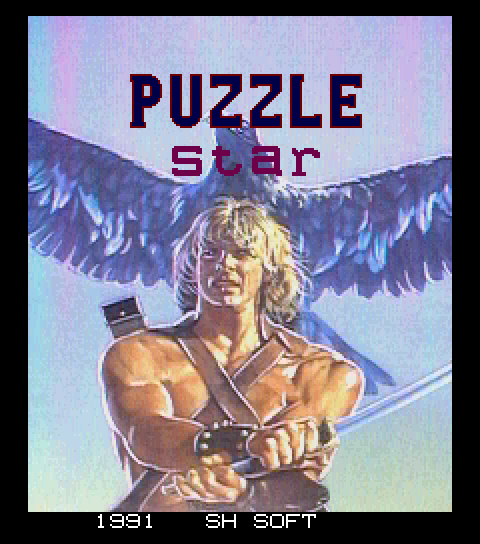
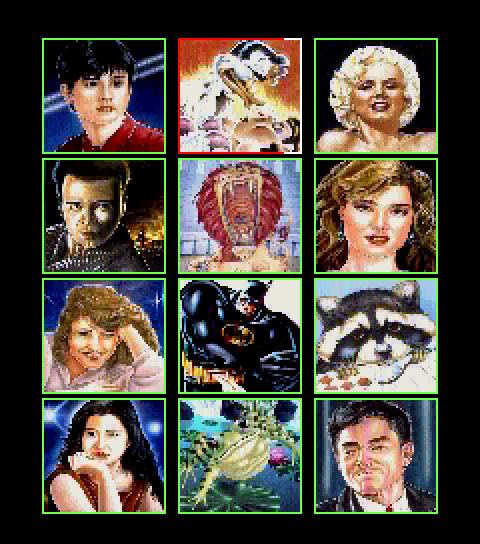
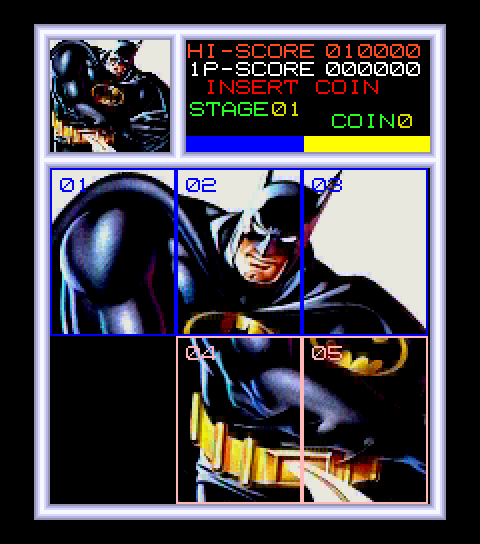
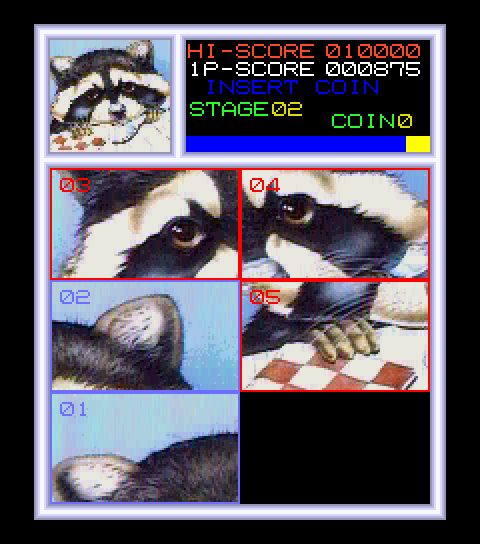
(improvements to the MSX2 video chip improve Puzzle Star)
Phil Bennett has also been busy improving numerous Konami drivers, including work to improve the inputs in games like Five-A-Side Soccer (which is now MUCH more playable) and Wave Shark (which is still kinda awkward and has annoying flashing graphics, but can at least now be played) His changes also improve the sound in many of the GX / pre-GX era games.
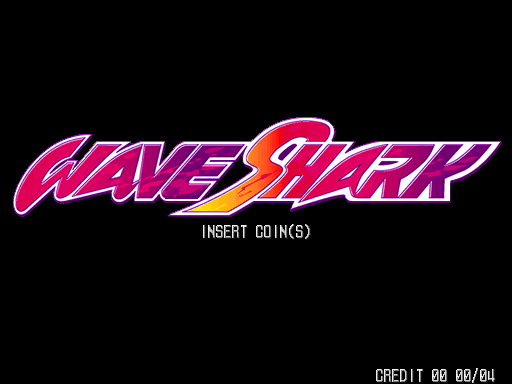
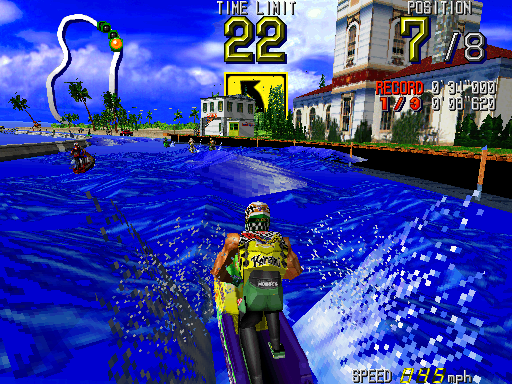
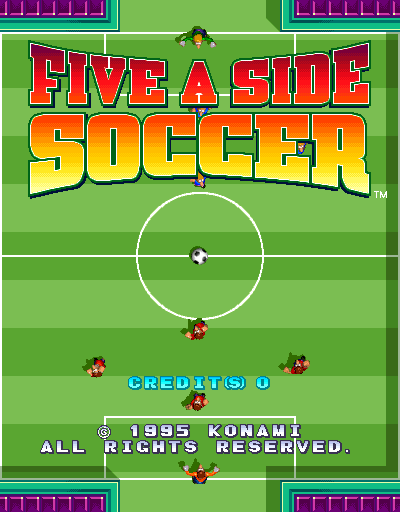
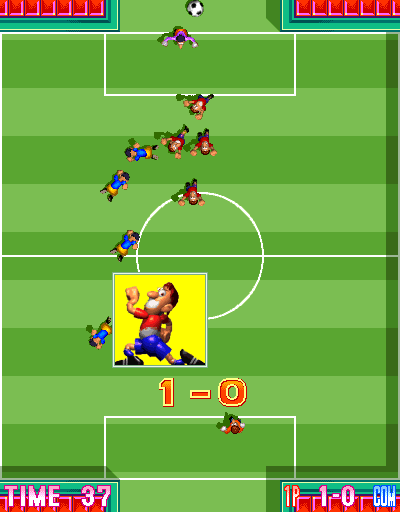
(Phil B improved a number of Konami drivers)
From MESS there is the IT Unlimited from Vtech, a beginners computer very similar to the other ones already supported, this one is in English tho.
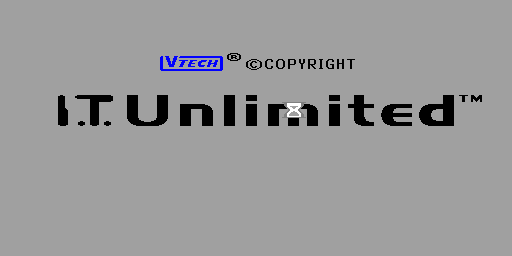
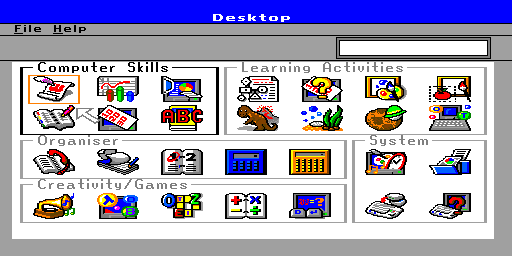
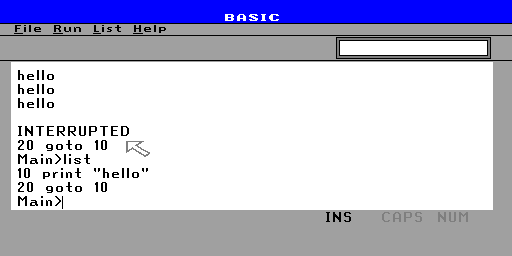

(IT Unlimited is a beginners computer from VTech)
hap has been making some improvements to the YMZ770 sound core too, this means that when the Cave CV1000 games go back in at the turn of the year a number of the sound bugs that have been present since day 1 will be fixed.
Robbbert has done work on a number of obscure systems, continuing his usual pattern of adding skeleton drivers then hooking up what he can so that they show something. A number were marked as working, but there is so little software (in some cases none) to test them with it’s hard to really show anything meaningful to demonstrate them here. Thankless work for sure.

